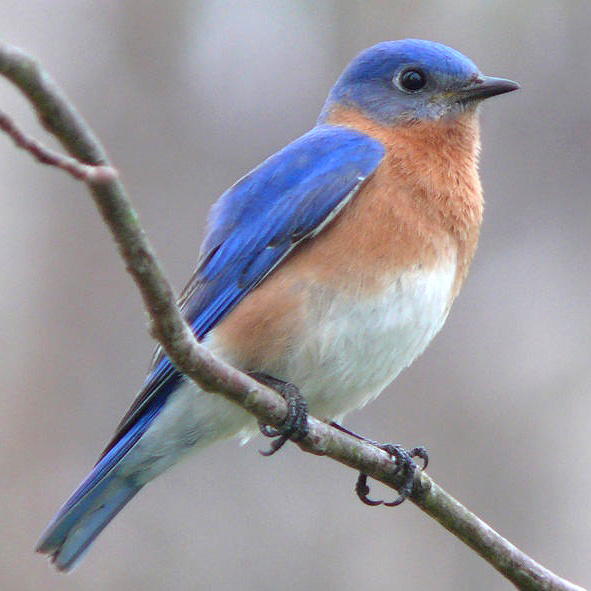|
You are cordially invited to the 27th annual
Dr. Shih-I Pai Lecture
with
Hui Cao, Yale University

"Structural Color–Origin and Evolution in Nature"
Tuesday, October 19, 2021
4 p.m. EDT – Virtual Lecture
5
p.m. EDT – Question and Answer Session
The lecture will be hosted on Zoom. Registration is required.
Questions? Contact Mary Kearney at
mkearney@umd.edu or 301-405-4814.
ABSTRACT
Structural color originates from the physical interaction of light with nanostructures. Most studies so far have focused on ordered structures, which produce iridescent colors that change with viewing angle. However, nature has used extensively quasi-ordered structures to create weakly iridescent colors. An interdisciplinary team, consisting of optical physicists, material scientists, and biologists at Yale, has investigated the physical mechanism for coloration of nanostructures with short-range order in bird feather barbs. Inspired by nature, a simple technique is developed to fabricate large-scale biomimetic films that display isotropic structural color, which is amenable to potential applications in coatings, cosmetics, and textiles. To understand how structural color evolves in nature, artificial selection has been conducted on a lab model butterfly to evolve the structural color of wing scales and compared to natural selection. This study reveals the physical mechanism of structural color evolution, which stands in sharp contrast to pigment color evolution.
ABOUT THE SPEAKER
Hui Cao is the John C. Malone Professor of Applied Physics and Professor of Physics and Electrical Engineering at Yale University. Cao began her career at Northwestern University in 1997 before accepting a position at Yale in 2008.
Cao's research interests and activities are in the areas of mesoscopic physics, complex photonic materials and devices, nanophotonics, and biophotonics. She has conducted experimental studies on unconventional lasers including random lasers and chaotic microcavity lasers, and found their applications in speckle-free imaging, multi-modality microscopy, and parallel random number generation. Another research direction is coherent control of light transport in diffusive media and multimode fibers, with applications to deep-tissue imaging and endoscopy. In addition to fundamental studies on complex, chaotic and disordered systems, she has harnessed disorder for photonic device applications, e.g., she invented a compact spectrometer based on a disordered photonic chip.
Cao is an Elected Member of the National Academy of Sciences and the American Academy of Arts & Sciences, and she is a Fellow of the American Association for the Advancement of Science, the Institute of Electrical and Electronics Engineers, the American Physical Society, and the Optical Society of America. Among her many awards, she received the Maria Goeppert-Mayer Award, the Friedrich Wilhelm Bessel Research Award by the Alexander von Humboldt Foundation, and the Outstanding Young Researcher Award by the Overseas Chinese Physics Association. She shared the 2015 William E. Lamb Medal for Laser Physics and Quantum Optics with A. D. Stone and V. V. Yakovlev.
Cao received her B.S. in physics from Peking University in 1990, her M.A. from Princeton in 1992 and her Ph.D. from Stanford in 1997.
ABOUT THE LECTURE
Dr. Shih-I Pai (1913-1996) served on the faculty of the University of Maryland at College Park beginning in 1949 and retired with Emeritus status in 1983. He was the recipient of a Centennial Medal from the A. James Clark School of Engineering and was a founding member of the Institute for Fluid Dynamics and Applied Mathematics (now the Institute for Physical Science and Technology). Dr. Pai authored 14 books and 130 articles in the field of aerodynamics, fluid dynamics and viscous flow, for which he received international recognition. The lecture series honors Dr. Pai's many accomplishments and contributions to UMCP and is supported by donations to the University of Maryland Foundation.
|